The “How to Apply Gold Powder in Kintsugi” guide provides a step-by-step overview for incorporating gold powder into kintsugi repair projects. This ancient Japanese art form involves repairing broken pottery with gold, emphasizing the beauty of imperfection. The guide aims to assist individuals in adding a touch of elegance and symbolism to their kintsugi creations through the application of gold powder.
How to Repair Broken Bowls with Gold
Prepare the Broken Object
Gather the broken pieces of the object carefully and inspect each piece to ensure they match and fit together seamlessly. For instance, if you are repairing a shattered ceramic mug, gather all the broken pieces and try to fit them together like a puzzle. Make sure the edges align perfectly and there are no gaps between the pieces. You can lay them out on a flat surface to easily visualize how they should fit together.
Similarly, when fixing a torn page in a book, gather all the ripped parts and put them in order based on the torn edges. Align the pieces to see how they match up and ensure that the content flows correctly once the repair is done. By ensuring a neat fit before proceeding, you can guarantee a better outcome when you start the actual repair process.
Apply Epoxy Adhesive
- Using a small brush, carefully apply the epoxy adhesive along the cracks in the broken pieces.
- Ensure that the epoxy covers the entire length of the cracks to bond the pieces securely.
- Apply a generous amount of epoxy, but avoid excess that could cause messy overflow.
- Press the broken pieces together firmly to allow the epoxy to create a strong bond.
- Hold the pieces together until the epoxy sets, following the manufacturer’s recommended curing time.
- Wipe away any excess epoxy with a clean cloth before it hardens to maintain a neat finish.
Sprinkle Gold Powder
- Sprinkle a small amount of gold powder evenly onto the wet epoxy adhesive covering the cracks.
- Ensure that the gold powder is spread in a thin layer to achieve the desired kintsugi effect.
- Use a gentle tapping motion or a brush to help distribute the gold powder evenly.
- Allow the epoxy adhesive and gold powder to dry completely as per the manufacturer’s instructions.
- Once dry, gently brush off any excess gold powder to reveal the repaired cracks with a beautiful golden finish.
- Admire your handiwork and enjoy the unique kintsugi effect you have created.
Press Gently
Use a soft cloth or brush to gently press the gold powder into the adhesive. This step is crucial to ensure that the powder adheres well and fills the cracks effectively. Start by dipping the cloth or brush into the gold powder. Then, with light pressure, press the powder onto the adhesive, making sure to cover all areas evenly. Avoid pressing too hard, as this may cause the powder to clump or create an uneven finish.
For example, gently press the cloth onto the adhesive in small circular motions, gradually building up the gold powder. Use a brush to gently sweep over the surface, ensuring the powder is well-distributed and adhered securely. Be patient and methodical in your approach, taking care to press gently but firmly to achieve a smooth and professional-looking result.
Let It Dry
Allow the repaired object to dry completely as per the adhesive instructions to ensure the gold powder sets properly. Place the item in a well-ventilated area away from moisture or direct sunlight. Follow the recommended drying time provided by the adhesive manufacturer to ensure the best results. Avoid touching or moving the repaired object during the drying process to prevent any disruption to the gold powder setting. Once the drying time is complete, check the object to ensure it has dried thoroughly before handling or using it.
Clean Excess Powder
Once the adhesive has dried, use a clean brush or cloth to carefully remove any excess gold powder from the repaired kintsugi object. Gently brush the surface to reveal the repaired area. Be cautious not to apply too much pressure to avoid damaging the repair. Continue until all excess powder is removed and the repaired area blends seamlessly with the rest of the object. Enjoy the beauty of your restored kintsugi object once excess powder has been cleaned.
Finishing Touches and Final Steps
In summary, mastering the process of applying gold powder in Kintsugi can turn your broken objects into stunning works of art infused with elegance and historical significance.
Materials Needed
Mastering the Art
Techniques for Applying Kintsugi Repair
- Start by gathering the necessary tools and materials such as gold powder, epoxy adhesive, a small brush, and possibly a clamp to hold the pieces together
- Carefully clean the broken pieces and ensure they fit together properly before beginning the repair process
- Apply a small amount of epoxy adhesive to one of the broken edges and carefully press the pieces together, holding them in place until the adhesive sets
- Using a brush, apply the gold powder mixed with a clear adhesive along the cracks to create the kintsugi effect
- Allow the repair to dry and cure completely before handling the item to ensure a strong and beautiful finish

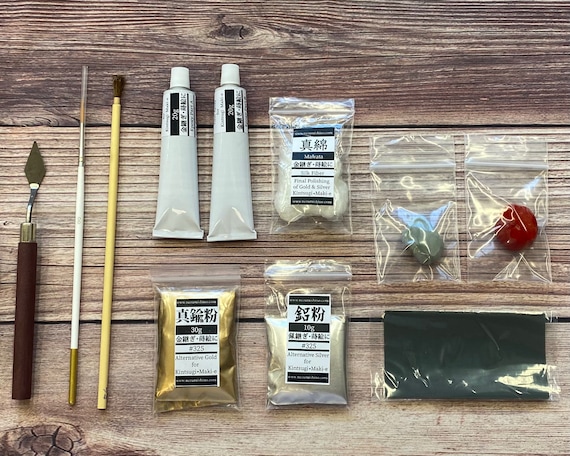
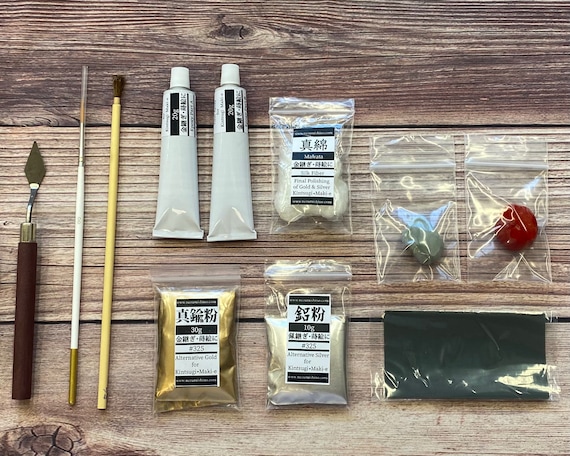
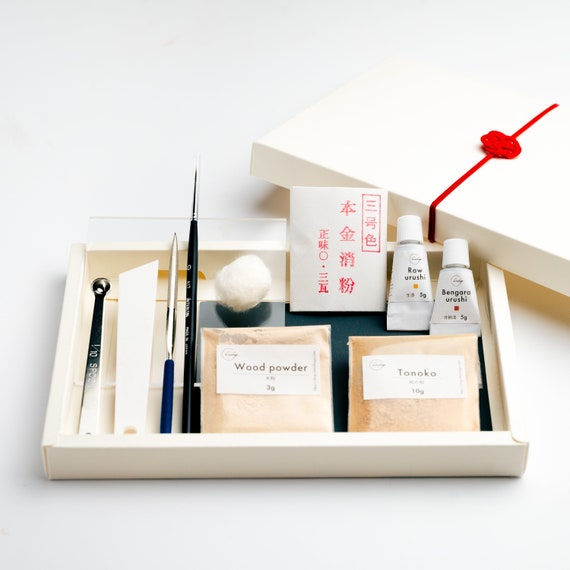

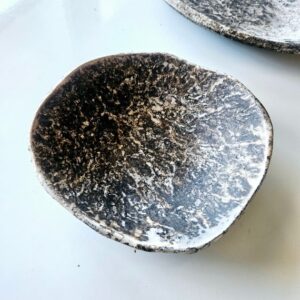
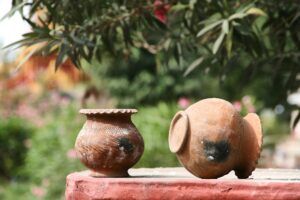

I recently used the Kintsugi technique to repair a cherished porcelain bowl that had been in my family for generations. The gold powder added such a beautiful touch to the piece, making it even more special. I’m grateful for the detailed guide that helped me through the process.
I’m so glad to hear that the guide was helpful to you in repairing your porcelain bowl! It’s wonderful to hear about the sentimental value these repaired objects can hold.
I would be interested in learning more about how to match the color of the gold powder with different types of materials. For example, how would you adjust the application process when working on ceramic vs. glass objects?
Could you write an article on the history and cultural significance of Kintsugi? I think understanding the background of this art form would provide a deeper appreciation for the technique and its use in modern practices.
That’s a great idea! Exploring the history and cultural context of Kintsugi would indeed offer valuable insights into the art form. I’ll consider covering that topic in a future article. Thank you for the suggestion!
Can you recommend a specific brand of epoxy adhesive that works best for Kintsugi repairs? I’ve tried a few different ones and some don’t seem to hold up well over time.
Thank you for your question! I recommend using brand X epoxy adhesive for Kintsugi repairs. It’s known for its strong bond and durability.
I have found that instead of pressing gently in step 4, using a small roller to evenly distribute the gold powder can result in a smoother finish. Additionally, experimenting with different shades of gold powder can create unique visual effects. I’d love to hear more about different techniques for incorporating other precious metals into Kintsugi repairs.